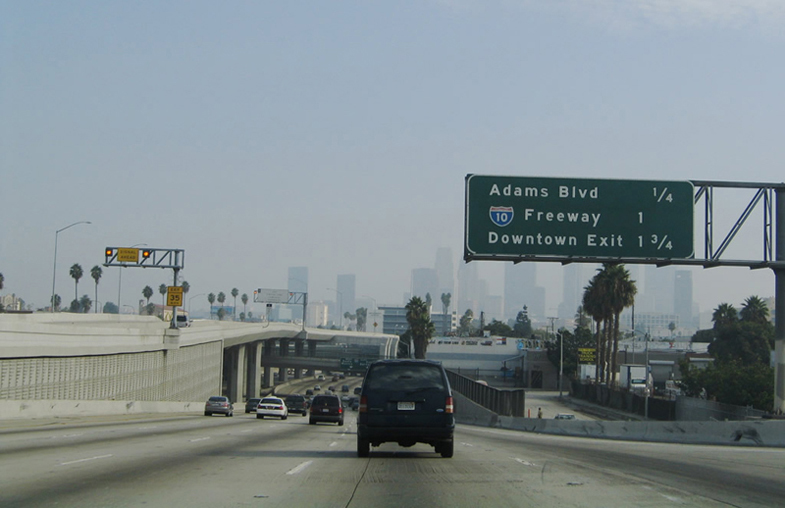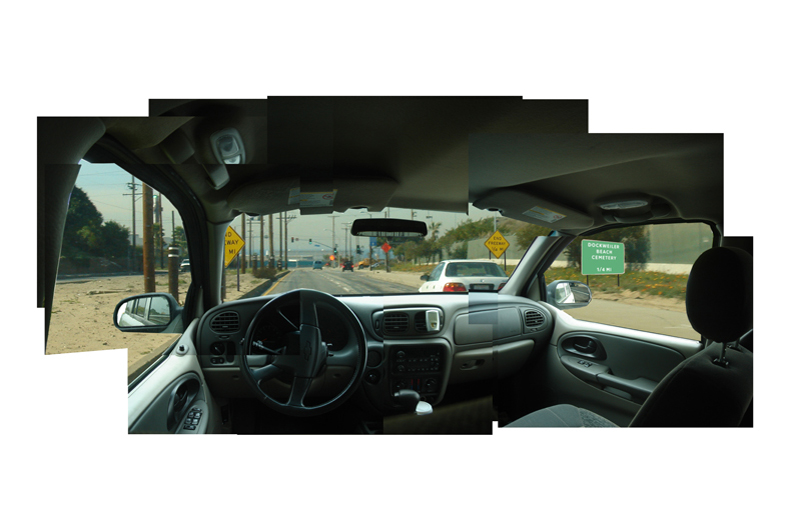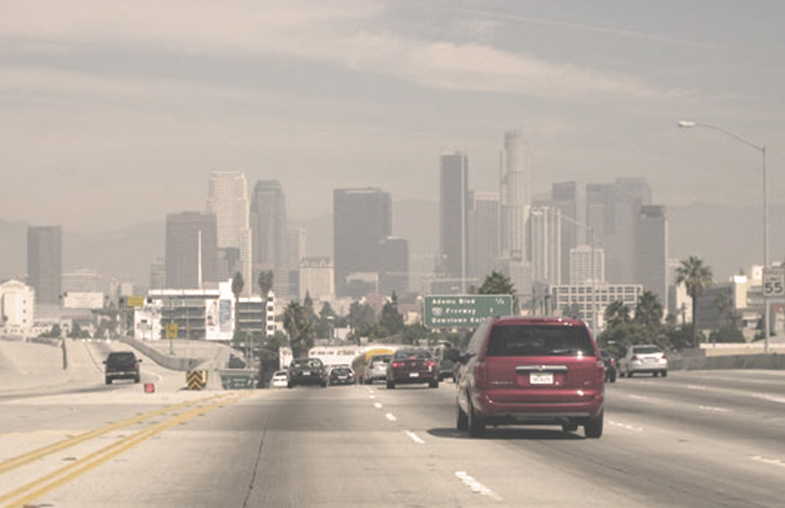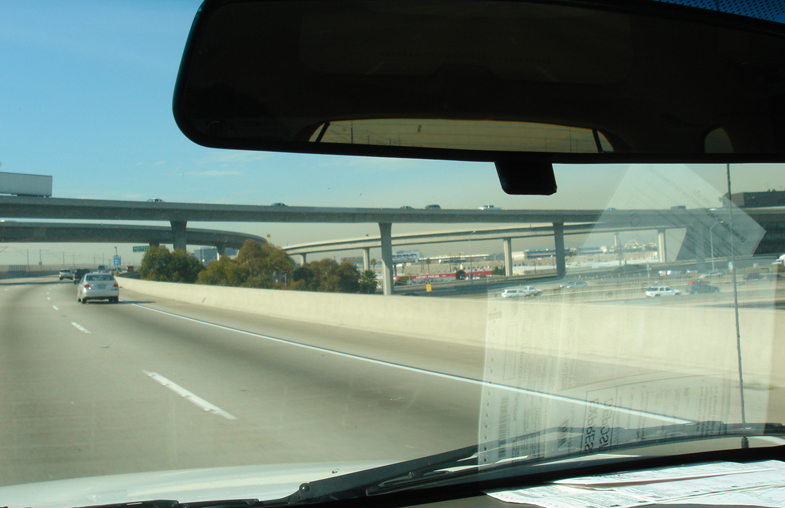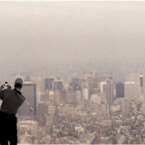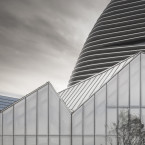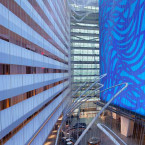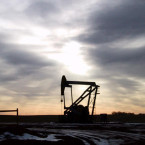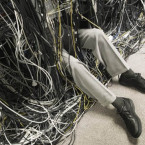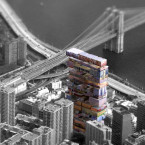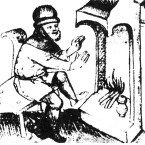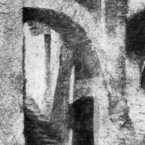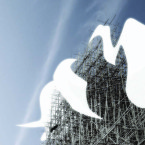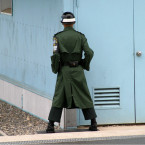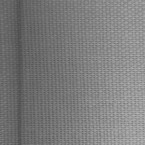Excerpts from studies, observations and reflections on the ubiquitous entanglement of Los Angeles’s icon.
The physicality of this space of transition imposes the city skyline and landscape. Expressing the vast horizontality of the city, set against the backdrop of faraway mountains and clusters of towers sporadically sprouting just shy of the horizon, it is a continuous space mechanical in its origins but organic in its form and movement. Negotiating itself over this urban fabric, shifting and bending effortlessly, the seemingly endless stretches of roads twist and wind throughout the city, ruthlessly cutting, dodging and snaking in and around buildings and natural events of the city. As one passes through the repetition of structures—a hodge-podge of retaining walls lined with ivy, weaving overpasses, stout columns placed to support the soaring roads above—one is overwhelmed with the massive scale of this space. One is engulfed in its seeming omnipresence.
As the necessary and ubiquitous figure of the metropolis, this urban space of transition becomes a common meeting point for millions who willfully chose to isolate themselves from each other in the homogeneous banality of American Suburbia. This space paradoxically represents the most private of spaces as well as the most public. Traversing the course of the grey concrete, one is exposed to the prying eyes not just behind windshields and windows but also behind glowing television screens. Every action of an individual traveling through this space is exhibited for others. At the same time this space, in all its nakedness, becomes extensions of private spaces of our homes—dining tables, bathrooms, bedrooms and offices. In this space, an individual is both humbled and emboldened. In this space, a person is both a solitary figure and part of a group. One gains a sense of freedom speeding between the concrete structures which define the skyline of the metropolis, and experience a loss of this unique independence when crawling through the morning traffic, lost amongst the hundreds of thousands of people.
People traversing the course of this space everyday, engaging in a set of formalized repetitive behavior imply a set of rituals. The overarching issues which begin to dictate these “rituals” on the freeway is very much driven by variable external forces, such as economic and socio-cultural impetus (e.g. going to work to earn money, the beach to relax or a mall to shop). The freeway physically becomes a version of a square where people meet and interact with each other. Driving within this public space becomes a shared experience between all its participants and this experience is transformed into a movement and alignment of bodies within space. As long as an individual is on the freeway, weaving through the traffic, experiencing the events within the space itself, he/she is defined as a part of an “exclusive” group, associating in an activity which can be interpreted as a ritual.
Imprinted on the dull grey surfaces are tire-streaks, oil-stains and debris—reminders of tragedy, anger, excitement and ennui of the individuals who have come through the space co-exist with the presence of those who are traveling and those who will travel through it. Reflecting the bright midday sunlight or glowing in the amber brilliance of the setting sun, the once neutral concrete surface takes on a temporal quality, expressing the passage of time and changing with the passing of the day. At night, the structure is defined by the patches of red and yellow lights of automobiles—now the once imposing form has taken a backseat in the darkness of the night, only expressed with sporadic lamps and other artificial lights lining its edges, giving a new definition of this space.
In this city of flux, lost within the web of soaring concrete structures, traversing the endless stretches of roads in front of me, moving in and out moments of shadow and light, both alone and together with millions of inhabitants, tantalized by the possibility of travel and movement, I gain a sense of freedom.
